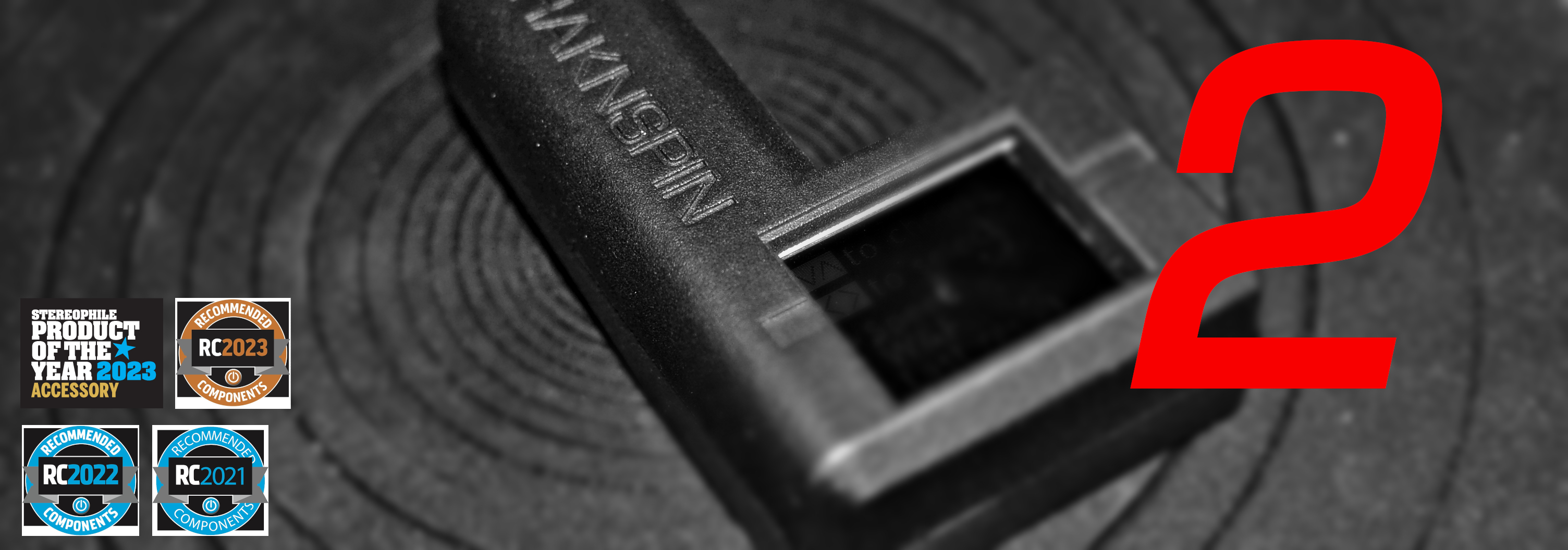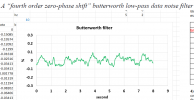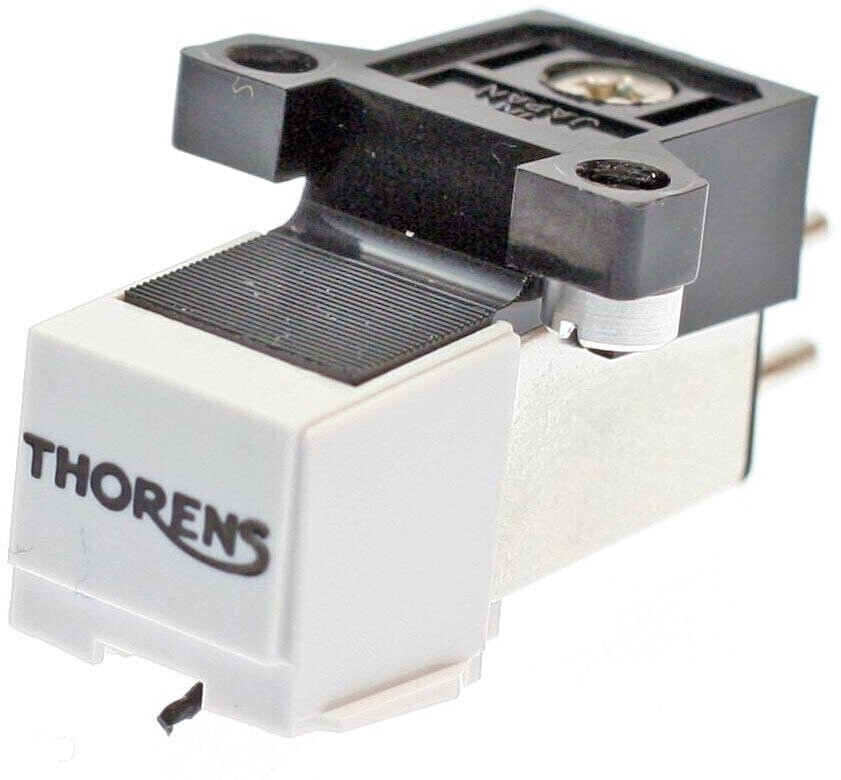Balle Clorin
Major Contributor
- Joined
- Dec 26, 2017
- Messages
- 1,349
- Likes
- 1,222
- Thread Starter
- #281
Or this,
I have it, extremely useful…for optimizing my belt driver turntable and comparing with others.

Regarding test records( I have got 10 including B&K, CBS , Ultimate Analog, etc) my Clearaudio Trackability test record
is the best, it has a 15 minute long 3150Hz track!
But for W&Flutter and speed measurments, the Shaknspin is far superior

Shaknspin can also be used to see speed with needle in a groove, se what happens when I lower the cart onto the record ( JJCale music), the speed drops by about 0.05rpm, midway in plot just below. Lower plot is with no needle drop

I have it, extremely useful…for optimizing my belt driver turntable and comparing with others.

Regarding test records( I have got 10 including B&K, CBS , Ultimate Analog, etc) my Clearaudio Trackability test record
is the best, it has a 15 minute long 3150Hz track!
But for W&Flutter and speed measurments, the Shaknspin is far superior
Shaknspin can also be used to see speed with needle in a groove, se what happens when I lower the cart onto the record ( JJCale music), the speed drops by about 0.05rpm, midway in plot just below. Lower plot is with no needle drop
Last edited:


